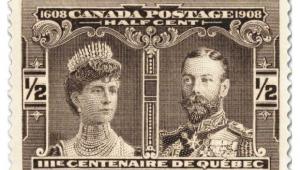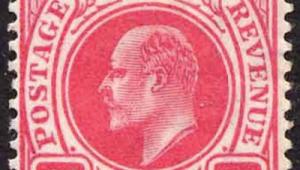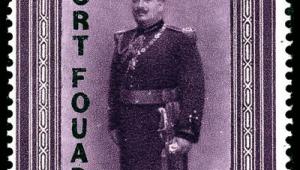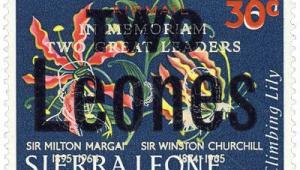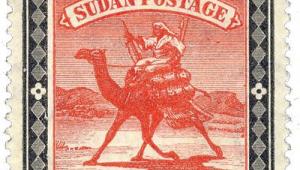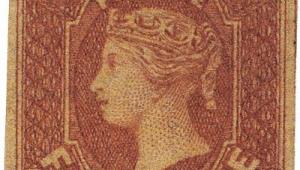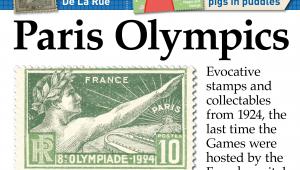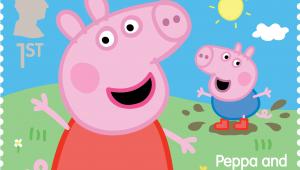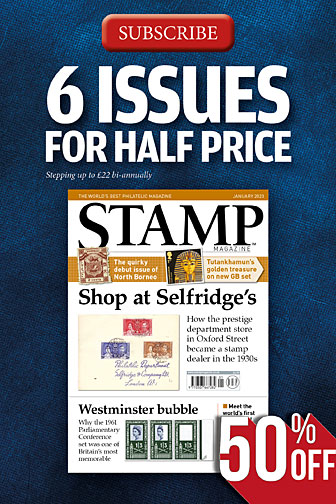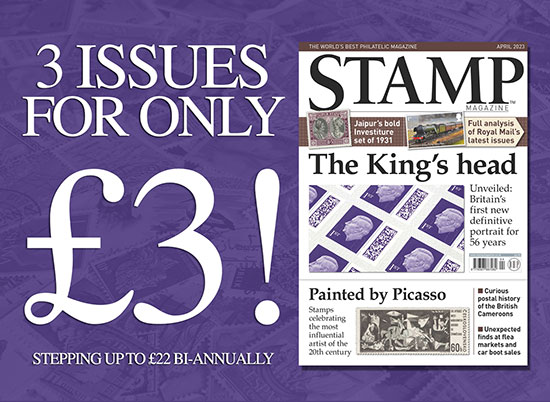Australia: Victim of the paparazzi
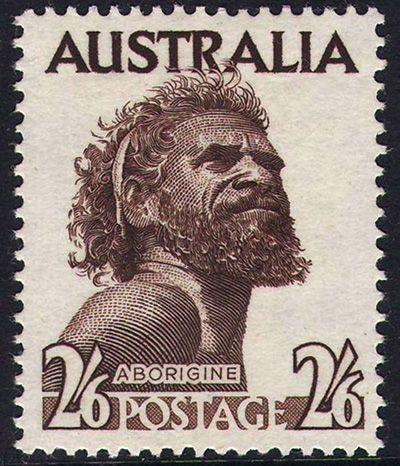
It was a brief encounter, but a momentous one. Charles Holmes, a young writer from Melbourne, peered across the vast rocky Australian outback to the west of Alice Springs, anxious to obtain photographs for a newly launched travel magazine.
Barely discernable in the shimmering haze, he picked out a magnificent example of Aboriginal manhood. Naked and armed with a spear and boomerang, Gwoya Tjungurrati seemed the perfect image of indigenous culture.
Holmes sprang into action and his staff photographer, Ray Dunstan, reeled off a series of classic photographs.
The best shot, showing the proud hunter looking up and right, out across the vast expanse of outback, appeared on the front cover of Walkabout magazine in 1936. It promptly became an icon of Aboriginal pride.
Australian stamps had been strangely slow to acknowledge Aboriginal imagery. The 1930 Centenary of the Murray River Exploration issue modestly incorporated a boomerang into the design. The 1934 Centenary of Victoria issue showed an anonymous Aboriginal hunter. But that was about it.
The Dunstan portrait redressed the balance, when designer Frank Manley used it as the single image on a recess-printed 8½d brown stamp issued in August 1950.
It was a popular design, and two years later the same image was used for a larger-format 2s 6d value, printed in dark brown.
The inscription on the stamp was simply ‘Aborigine’, but, unusually, the name of the subject was not concealed from the public. Once enthusiasts had learned his real name, they eagerly sought him out.
Gwoya, or ‘Jimmy’ as he was popularly known, was a plain and simple man. When asked for the price of one of his boomerangs, or his charge for a piece of work, his response was invariably ‘One pound, boss’. Somehow the nickname ‘One Pound Jimmy’ seemed to stick.
At first he was flattered by the glare of publicity, but it soon began to wear a little thin. Jimmy disappeared from the public gaze, shaving off his beard to avoid recognition, and vanished into the outback.
He died in 1965, but his image lives on as a powerful definition of Aboriginality.
